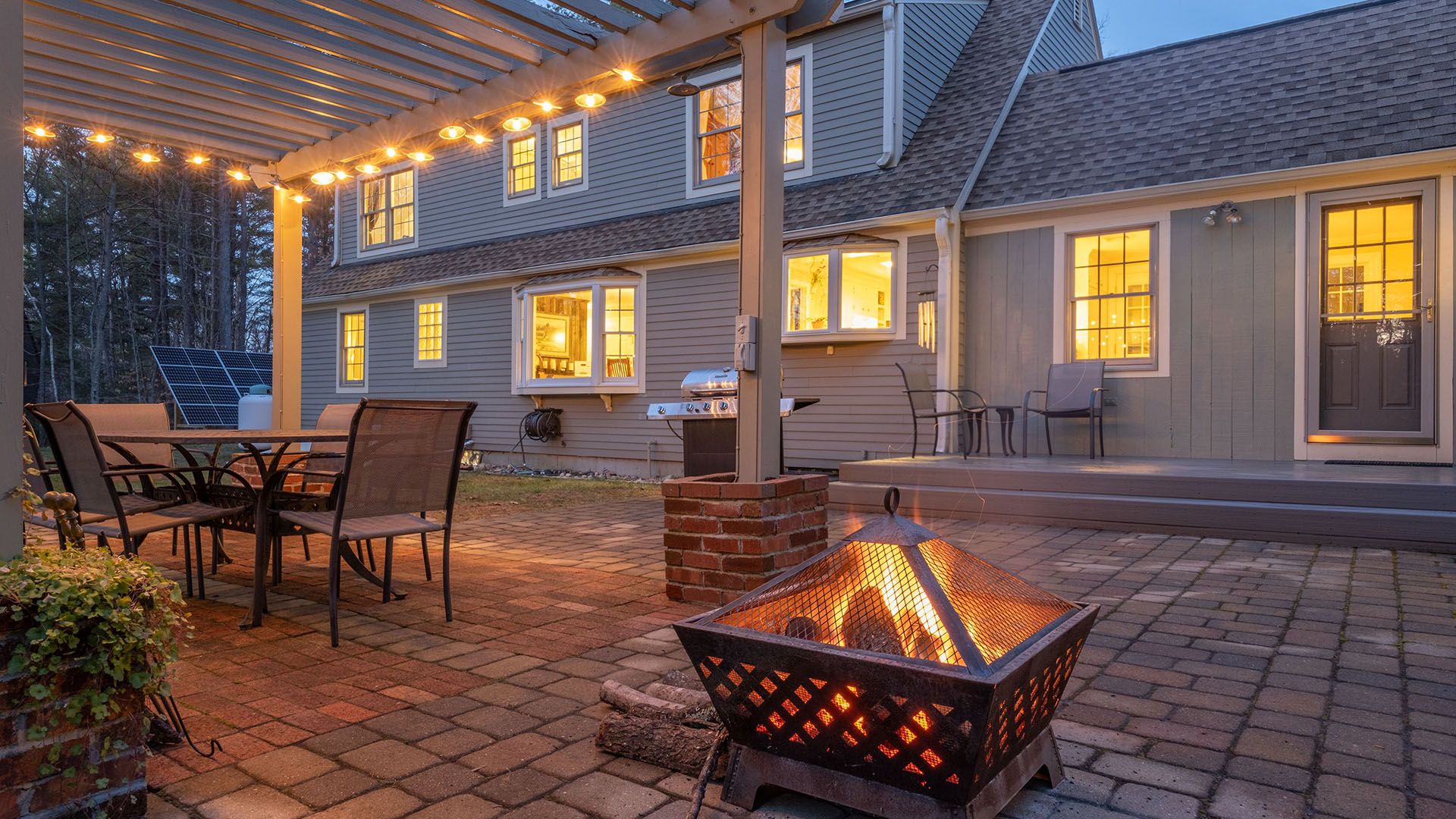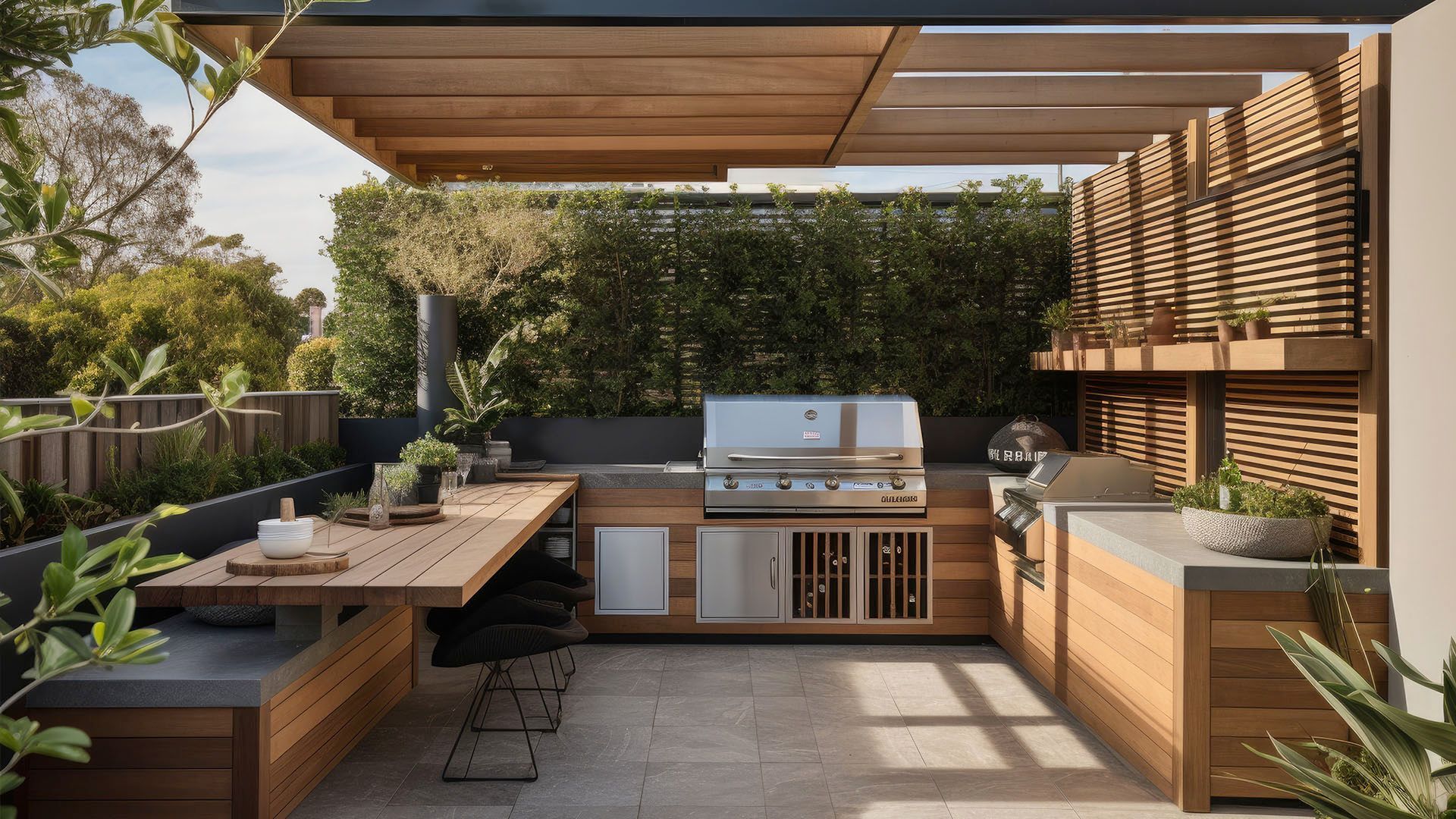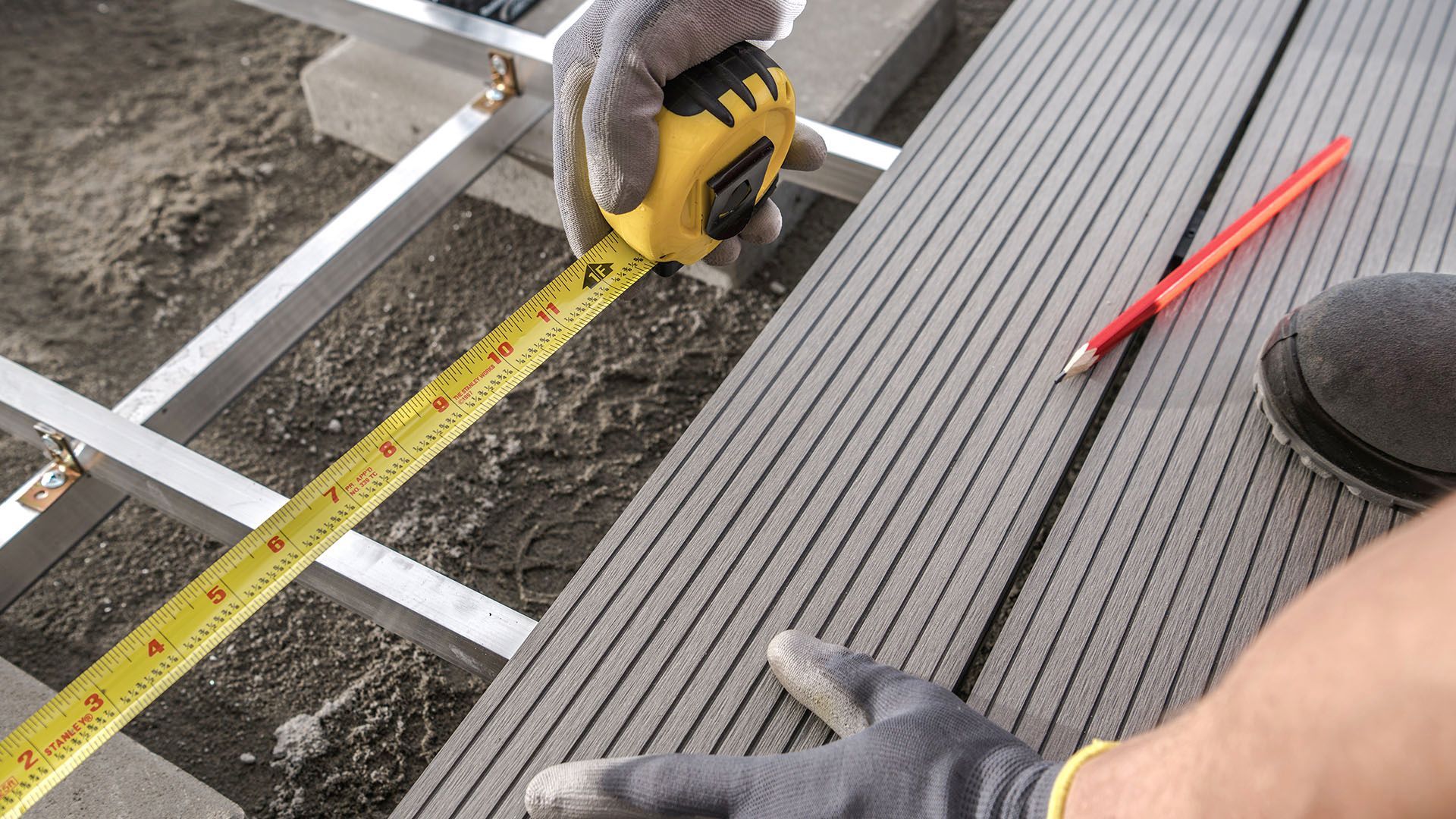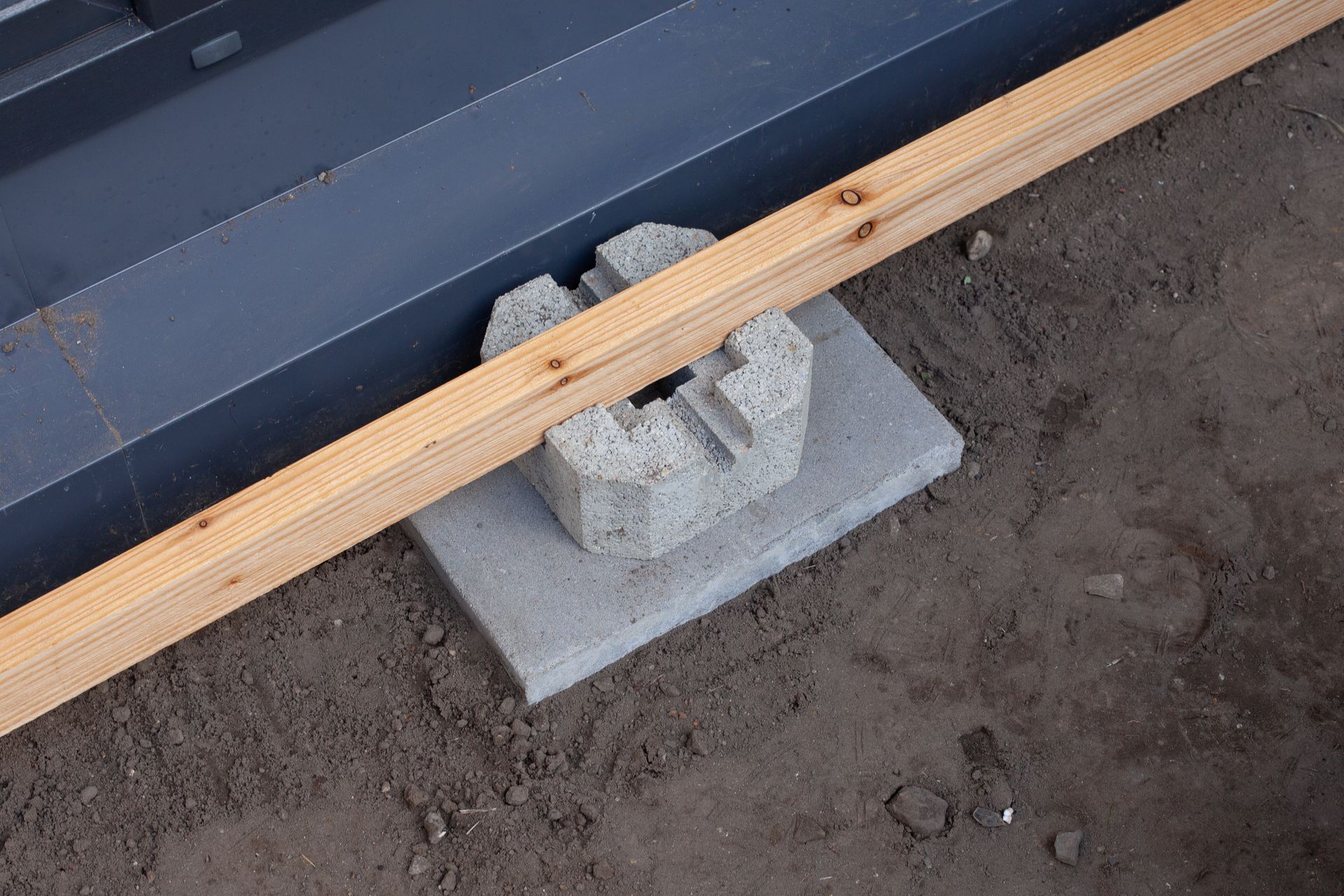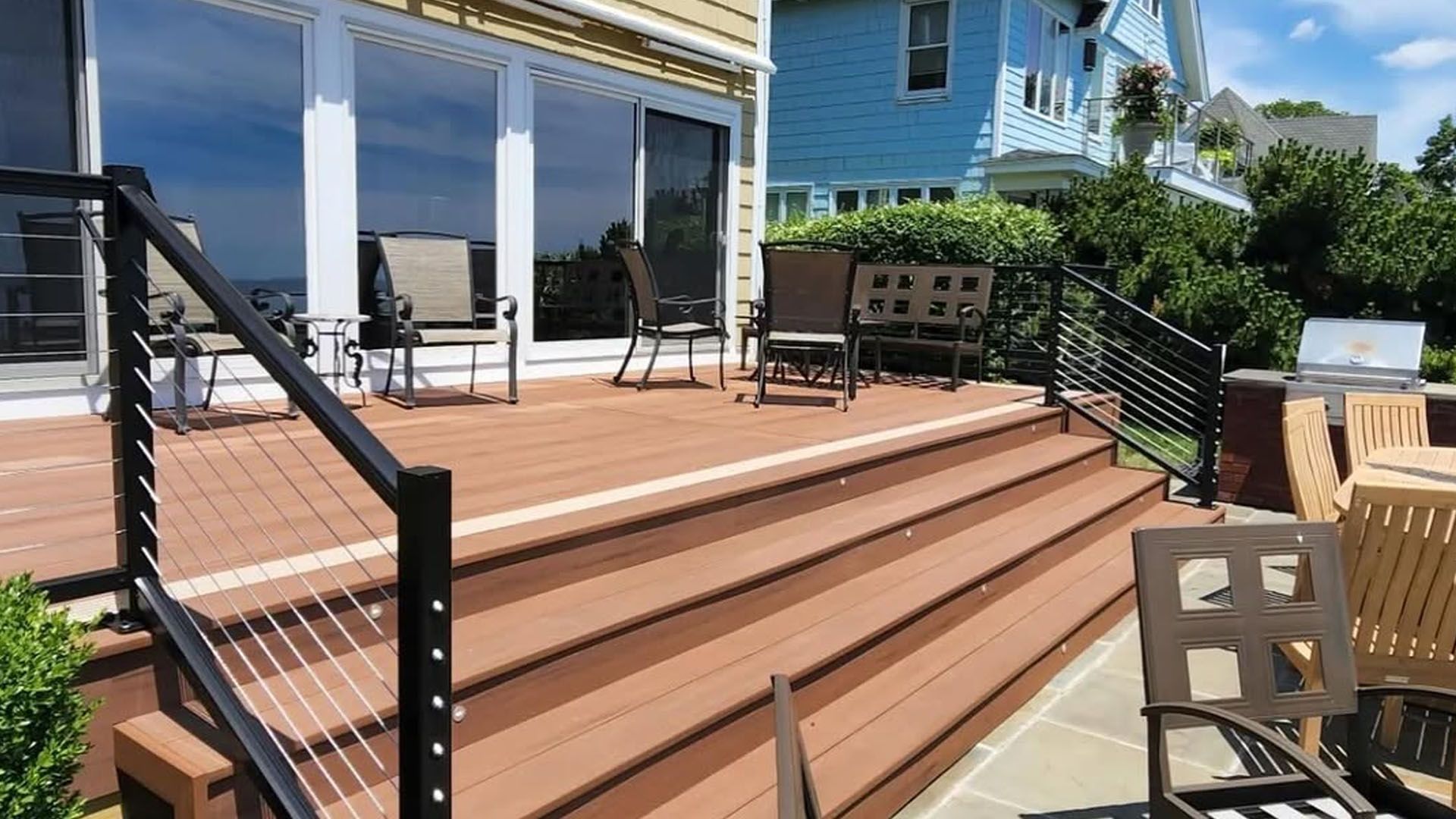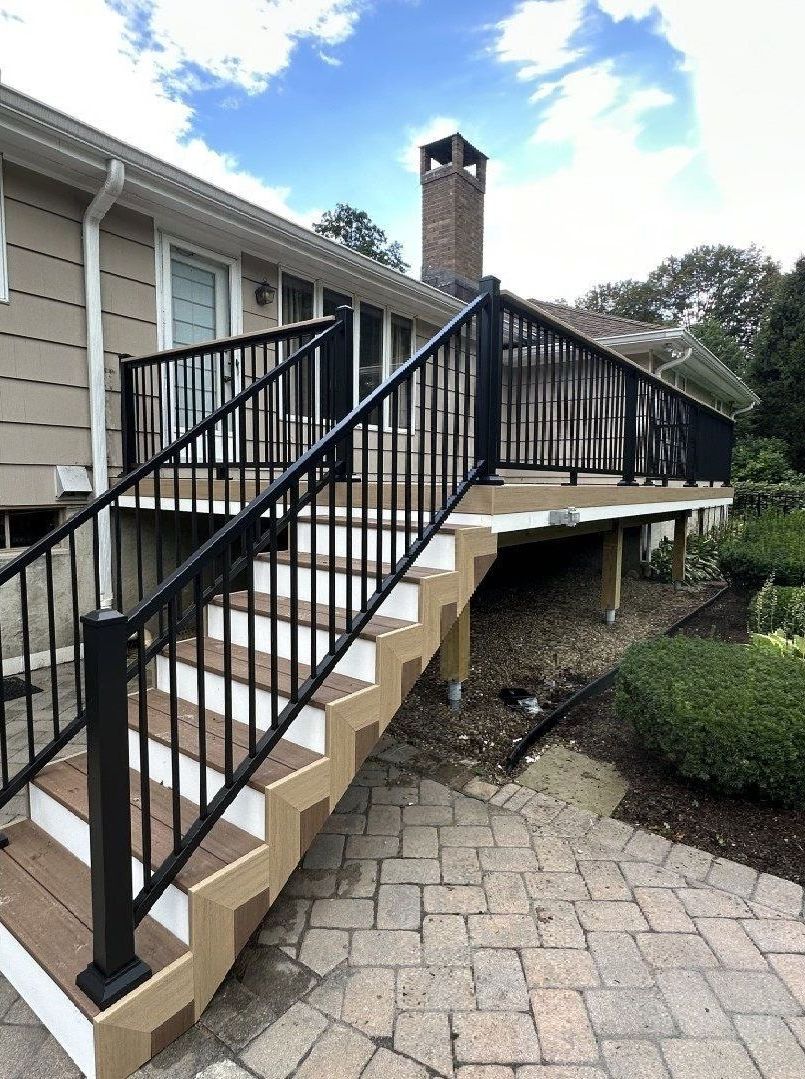Composite Deck Railing Ideas, Options & Examples
Outdoor Space Builders (OSB) designs and builds premium decks across Connecticut. Our team works with advanced techniques like heat bending and alternative framing, and we install high-end systems from leading brands. We've delivered hundreds of projects, from compact city decks to large multi-level outdoor rooms, so the ideas below come straight from real jobsite experience, code know-how, and everyday maintenance realities.
What Makes Composite Railing a Smart Choice
Composite deck railing gives you the look you want with less work over time. It resists rot, splintering, and fading, and most systems are designed to be code-compliant with compatible posts, rails, and hardware. If you want clean lines, consistent color, and low maintenance, composite wins.
Benefits at a Glance (durability, low-maintenance, style range)
- Durable: Moisture and weather resistant; won’t rot or warp like wood.
- Low-maintenance: No annual staining or sealing, just simple cleaning.
- Style range: From modern black and cable infill to classic white balusters.
How This Guide Is Organized (ideas by style, infill, color, and budget)
We’ll cover the parts of a railing, then show you design ideas by style, infill type, color strategy, layout, and budget so you can pick a look and path that fits your home and project.

Core Components & Terminology (Quick Primer)
Composite railing systems are made to work as a set. Understanding the basics helps you choose confidently.
Rails, Posts, Post Sleeves, Caps, Skirts, Infill
- Posts & sleeves: The structural posts (often pressure-treated or metal) are wrapped with
composite post sleeves for a finished look.
- Top/bottom rails: The horizontal members that frame your infill.
- Caps & skirts:
Post caps finish the top;
skirts trim the base for a clean transition to decking.
- Infill: Balusters, cable, glass, or privacy panels between the rails.
Code Considerations (height, spacing, graspability)
- Most decks 30"+ above grade require a guard at
36–42 inches (check local code).
- Baluster spacing must prevent a 4" sphere from passing through.
- Graspable handrails may be required on stairs; your top rail might not qualify unless it meets profile rules.
Design Ideas by Aesthetic
Match your railing to your home’s architecture and the mood you want outdoors.
Modern & Minimal (slim profiles, square balusters, clean lines)
Think black square balusters, a flat, wide top rail, and simple posts. This look pairs well with warm or gray decking.
Transitional (two-tone rails, subtle detail)
Combine a dark top rail with lighter posts or vice-versa. Two-tone trim adds depth without feeling busy.
Farmhouse & Craftsman (chunkier posts, decorative caps)
Use larger post sleeves, classic white or almond, and pyramid caps. Vertical balusters keep it timeless.
Coastal & Contemporary (cool grays, glass accents)
Choose cool gray rails with glass infill to keep sightlines open and capture breezes.
Infill Options to Change the Look
Infill drives the style as much as color does.
Composite Balusters (color-matched, classic look)
A traditional, low-maintenance choice that blends with your rails.
Metal Balusters (round/square, vertical or horizontal)
Adds contrast and strength; black metal balusters are crisp against lighter rails.
Cable Infill (open views, modern vibe)
Horizontal cable reads modern and keeps views wide open great for wooded or water views.
Glass Panels (wind protection, panoramic sightlines)
Ideal when you want maximum visibility and a wind screen. Choose clear or tinted.
Privacy Infill (louver, lattice, slat screens)
Create privacy zones with slatted or louvered panels near neighbors, spas, or dining areas.
Color & Contrast Strategies
Color is where composite shines consistent, fade-resistant finishes with lots of options.
Monochrome Matches (seamless with decking)
Match rails and posts to your decking for a unified, calm look.
High-Contrast Pairings (black rails + light decking)
Black rails over light brown or gray decking create sharp, modern contrast.
Two-Tone Rails & Caps (frame the view, add depth)
Pair a dark top rail with light posts, or use contrasting post caps for subtle detail.
Wood-Look Textures & Matte Finishes
Modern composites offer grain textures and matte sheens that mimic stained wood without the upkeep.
Layout-Specific Ideas
Design choices shift with stairs, small spaces, and multi-level layouts.
Stairs & Landings (returns, continuous handrails, lighting)
Use continuous handrails for safety and code. Add under-rail or tread lighting to guide steps at night.
Multi-Level Decks (transition posts, mixed infills)
Define each level with transition posts, or mix infills like balusters up top and cable below for interest.
Small Spaces (thin profiles, glass/cable to “open” the area)
Choose slim profiles and see-through infill (glass or cable) to make tight decks feel larger.
Perimeter + Zones (gates, sections for dining/lounging)
Use gates at stairs or pool areas and section off zones with subtle changes in infill or color.
Performance & Safety Upgrades
Build for real life kids, pets, guests, and weather.
Code-Ready Details (baluster spacing, top-rail widths)
Confirm spacing and rail dimensions early so your design hits code the first time.
Gates, Child-Friendly Latches, Pool-Safe Considerations
Add self-closing, self-latching gates where you want control, especially near pools or stairs.
Grip Rails & ADA Options
If you need Type II/ADA-style handrails, plan them now so they integrate cleanly with your look.
Lighting & Accessories
Little add-ons make a big difference at night and during gatherings.
Post Cap Lights (solar or wired)
Solar caps are simple; wired caps are brighter and tie into deck lighting plans.
Under-Rail & Stair Tread Lighting
Under-rail LEDs provide soft glow without glare; tread lights boost safety.
Drink Rails, Accent Brackets, Hidden Hardware
A drink rail (deck board as top rail) adds function. Hidden brackets keep lines clean.
Budget Tiers & Value Picks
Great design exists at every price point.
Good: Standard Composite + Vertical Balusters
Accessible price, classic look, low-maintenance performance.
Better: Mixed-Material (composite + metal)
Composite rails with black metal balusters for contrast and strength still budget-friendly.
Best: Premium Systems (glass/cable, custom caps, lighting)
Cable or glass infill, layered colors, and integrated lighting for a design-forward outdoor room.
Maintenance & Longevity
Composite is easy to live with, but a little care goes a long way.
Cleaning Routine (seasonal checklist)
Rinse seasonally; use mild soap and a soft brush on handprints and pollen. Avoid harsh abrasives.
Scratch/Fade Resistance & Warranty Notes
Look for scratch-resistant finishes and confirm warranty coverage for rails, posts, and lighting.
Installation Paths
Choose the build path that fits your timeline, tools, and tolerance for detail.
DIY-Friendly Kits vs. Pro-Installed Systems
Kits simplify ordering and assembly. Pro install shines on custom layouts, complex stairs, and mixed infills.
Measuring, Ordering, and Lead-Time Tips
Measures twice include stair angles and landing lengths. Order extra brackets and caps to cover field changes, and confirm lead times before demolition.
Real-World Pairings & Style Boards
Use these tested combos to guide samples and mockups.
Black Rails + Warm Brown Decking (modern contrast)
Crisp, warm, and on-trend great with metal balusters or cable.
Gray Rails + Coastal Decking (calm, contemporary)
Cool grays with glass panels read bright and beachy, even inland.
White Rails + Glass Panels (bright, airy look)
Classic and clean for porches or lake views; pairs well with neutral skirting.
Bringing It All Together
You don’t need to reinvent the wheel, pick a style, lock an infill, and choose color with intention.
Quick Planner (style, infill, color, budget, lighting)
- Style: Modern, transitional, farmhouse, or coastal
- Infill: Composite balusters, metal, cable, glass, or privacy
- Color: Monochrome or contrast (two-tone, black-on-light, wood-look)
- Budget: Good / Better / Best
- Lighting: Post caps, under-rail, stair tread
Next Steps (measure, sample, quote)
- Measure your deck and stairs.
- Gather samples for rails, posts, and infill.
- Get a quote from a pro team that understands code and layout.
Why Homeowners in Connecticut Work With OSB
Outdoor Space Builders specializes in premium materials (including composite systems, cable and glass infills), in-house craftsmanship (heat bending, alternative framing), and detail-first installs (clean terminations, hidden hardware, code-ready stairs). If you want a railing that looks sharp, meets code, and lasts, we’ll help you design it right and build it clean so you can enjoy your deck, not maintain it.
Ready to start your deck project?
Contact us for a consultation or explore our full range of services to see how we can transform your outdoor space.
Frequently Asked Questions
How much does composite deck railing cost compared to wood?
Composite railing typically costs 20-40% more upfront than wood, but the math changes when you factor in long-term maintenance. Wood requires annual staining or sealing ($3-5 per linear foot yearly), while composite needs only occasional cleaning. Most homeowners break even within 5-7 years, then save money for the life of the railing.
Can I mix different infill types on the same deck?
Absolutely. Mixing infills is a great way to create zones and add visual interest. Common combinations include balusters on upper levels with cable below, or privacy panels near dining areas with glass panels for views. Just ensure all infill types meet local building codes for spacing and height requirements.
Do composite railings get hot in direct sunlight?
Yes, like any material, composite can get warm in direct sun, especially darker colors. However, modern composite formulations include heat-resistant additives that keep surface temperatures manageable. Light colors stay cooler, and textured finishes provide better grip even when warm. For maximum comfort in high-sun areas, consider glass or cable infill with composite frames.
What's the difference between structural posts and post sleeves?
Structural posts (usually pressure-treated lumber or metal) provide the actual strength and code compliance. Post sleeves are the decorative composite covers that wrap around these structural posts for a finished look. This system gives you the structural integrity you need with the low-maintenance aesthetics you want.
How do I know if my railing design will pass building inspection?
Work with experienced professionals who understand local codes from the start. Key factors include 36-42" height requirements, 4" sphere rule for baluster spacing, proper structural attachment, and graspable handrails on stairs. Getting it right in design is much easier than fixing it during inspection.

